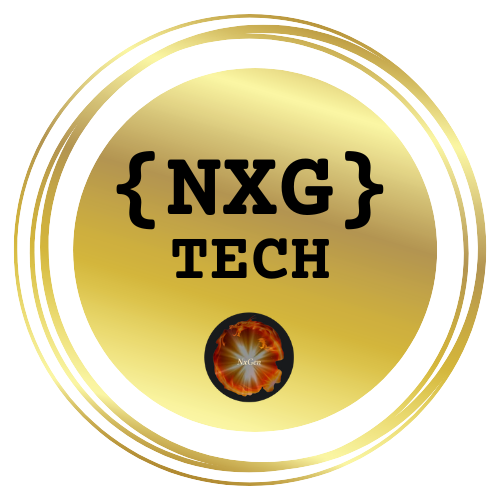
Revolutionizing Personal Listening with Audible Enclaves
What if you could listen to your favorite music or podcasts and not disturb those around you? Imagine enjoying a private conversation in a busy café without others eavesdropping. New research from Penn State University reveals a groundbreaking solution: audible enclaves—localized pockets of sound that allow sound to reach only your ears without the need for headphones.
The Science Behind Sound Isolation
At the core of this innovation is a technology utilizing self-bending ultrasound beams and nonlinear acoustics, which allows sound to be directed with unprecedented precision. This technology employs ultrasonic waves—sound waves that exceed 20 kHz, making them inaudible to human ears. These beams can intersect in specific locations, creating an audible sound wave detectable only at that point. With this method, people standing close by would not hear anything.
Potential Applications in Everyday Life
The implications for entertainment, communication, and educational environments are vast. Imagine classroom settings where students can tune into personalized audio lessons while their peers remain engaged in group discussion. Or consider road trips where each passenger enjoys their playlist without disturbing the driver. This could not only enhance personal enjoyment but also promote safety on the roads.
Exploring the Future of Sound Technology
The potential applications extend to public spaces too. Picture walking through a museum where interactive audio guides are triggered depending on your location, or libraries allowing discreet study opportunities without disrupting the quiet atmosphere. As the technology evolves, researchers anticipate sound transmission advancements that could boost volume and distance, enhancing user experience.
Challenges and Ethical Considerations
Despite these advancements, practical challenges remain. The need for precise placement of sound sources to avoid distortions poses limitations. Moreover, as this technology becomes more prevalent, it prompts reflections on privacy and social dynamics in shared environments. Will these audible enclaves enhance personal interactions, or create isolation in our sound bubbles?
Ultimately, as audible enclaves gain traction, they offer a promising glimpse into the future of audio experiences, merging personal enjoyment with consideration for those around us. How this technology will ultimately shape society remains an exciting question.
 Add Row
Add Row  Add
Add 




Write A Comment